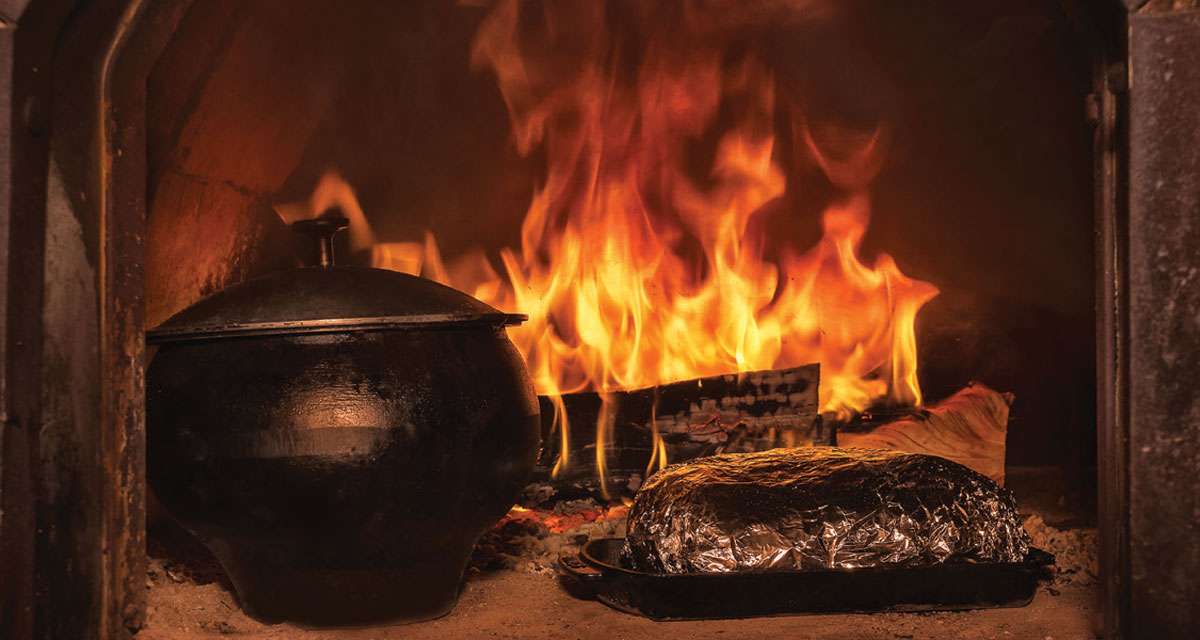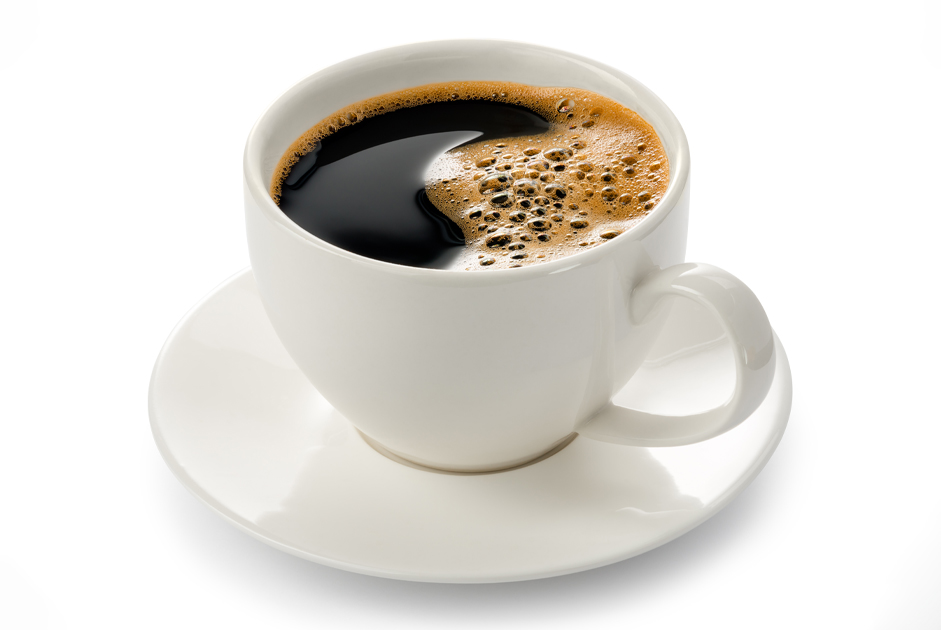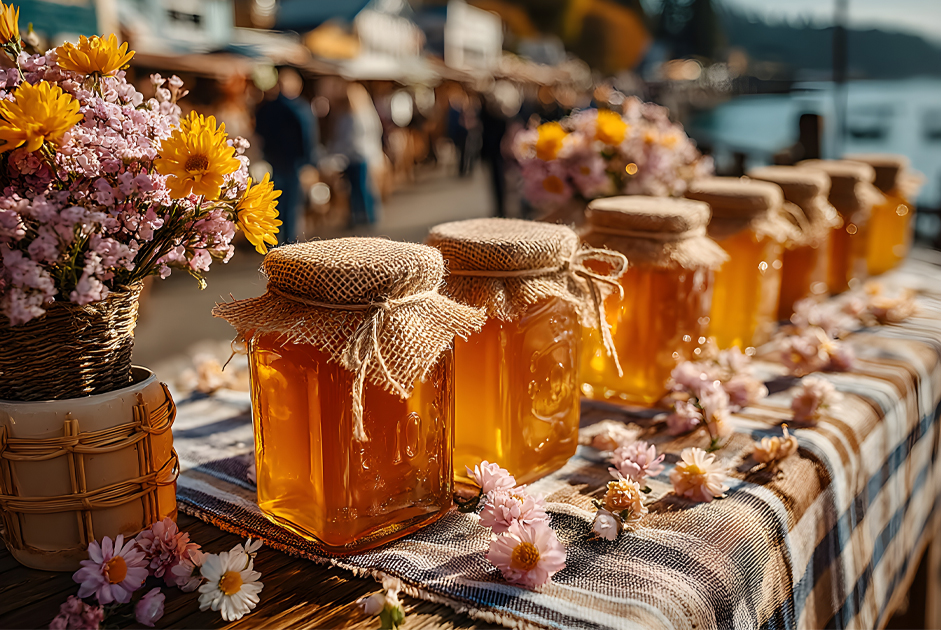Witnessing the orange dancing flames is alluring in any setting, whether the container is a fireplace, campfire, or grill. Enthusiasts who love the exceptional taste of food placed directly in the glowing embers often choose to build a fire in all seasons and weather conditions. Toasting the occasional S’more in the fireplace may be an indulging activity, but why not apply all the same techniques from campfire cooking to your hearth? The glowing coals achieve a hotter and consistent heat for cooking. In the warmth of familiar surroundings, the environment changes to a romantic setting, imagine cuddling on the couch while anticipating a meal a few feet away.
Tips Before Starting
Take your enjoyment of a fire to a new level. Begin by building a fire using well-seasoned dry hardwoods such as oak, which is less likely to produce sparks. Oak, for instance, not only burns longer and consistently, but it lends a good flavor to fire baked food. Pine is not preferred since it results in releasing excess smoke. Add additional logs to the fire to ensure coals are deep to bury side dishes, perhaps containing vegetables or sweet potatoes in aluminum foil. It will be difficult to judge the first few times; however, you will need to determine the level of coals required for your purpose.
- Stay away from greasy or fat-based foods such as cooking chicken or steaks in a frying pan, which produce a lot of smoke, affecting your flue.
Equipment
Never fear, you may already have the equipment you need to use your fireplace successfully. While there are grills designed explicitly for fireplaces, including adjustable legs, it is not necessary unless you enjoy your initial experiences and want to utilize the fire to its full potential. In the meantime, if you seek the food to contain a smoky flavor without burning, elevate your pot by placing two bricks on either side of your grate, taken from the grill.
- A Dutch oven is a cast iron pot with metal handles on each side and containing a lid. Make sure your container does not have plastic handles; otherwise, it may be difficult to retrieve your pot from the fire. All cast iron pot ware can be placed on a tripod situated just above the coals or directly within the embers.
- One inexpensive item to consider for Dutch ovens is a fireplace crane.The crane holds your pot over the fire, making it an ideal investment for soups, stews, and hot drinks.
- Make sure you have long-handled fire-roasting utensils to remove pots, lids, and are capable of stirring or scooping food out. Think about a pair of fire-resistant gloves, tongs, possibly an instant-read thermometer, and a location to place your pot after removing it from the fire.
- A small shovel will come in handy to manipulate the height or move the coals to your expected goal.
For safety reasons, it is vital to hire a chimney sweep if you use your fireplace regularly. Annual cleaning can ensure your flue does not require repairs, and most importantly, is safe to use.
Think Outside the Box
Before you plan to surprise your Valentine with a romantic dinner for two, experiment first by roasting potatoes or combining slices of meat with vegetables in aluminum foil. Don’t forget to add a little vegetable oil and salt and pepper. Make sure the meat is at least 165 degrees before eating. In your experimentation, record notes such as the time left in the fire as well as any additional tips that may result in a perfect side dish or meal.
Then, you can branch out. A Dutch is ideal for soups stews, or chilis. Another idea includes a cake or Dutch apple pie. Virtually any food contained in either aluminum foil or a heavy pot with a metal lid can enter the fire.
Thinking outside the box is romantic or can aid in desperate times when a home is without electricity. Try it! Fireplace cooking may become a family favorite. Determining your fireplace’s potential can remain a beautiful tranquil vision or a means to feed the family.




















